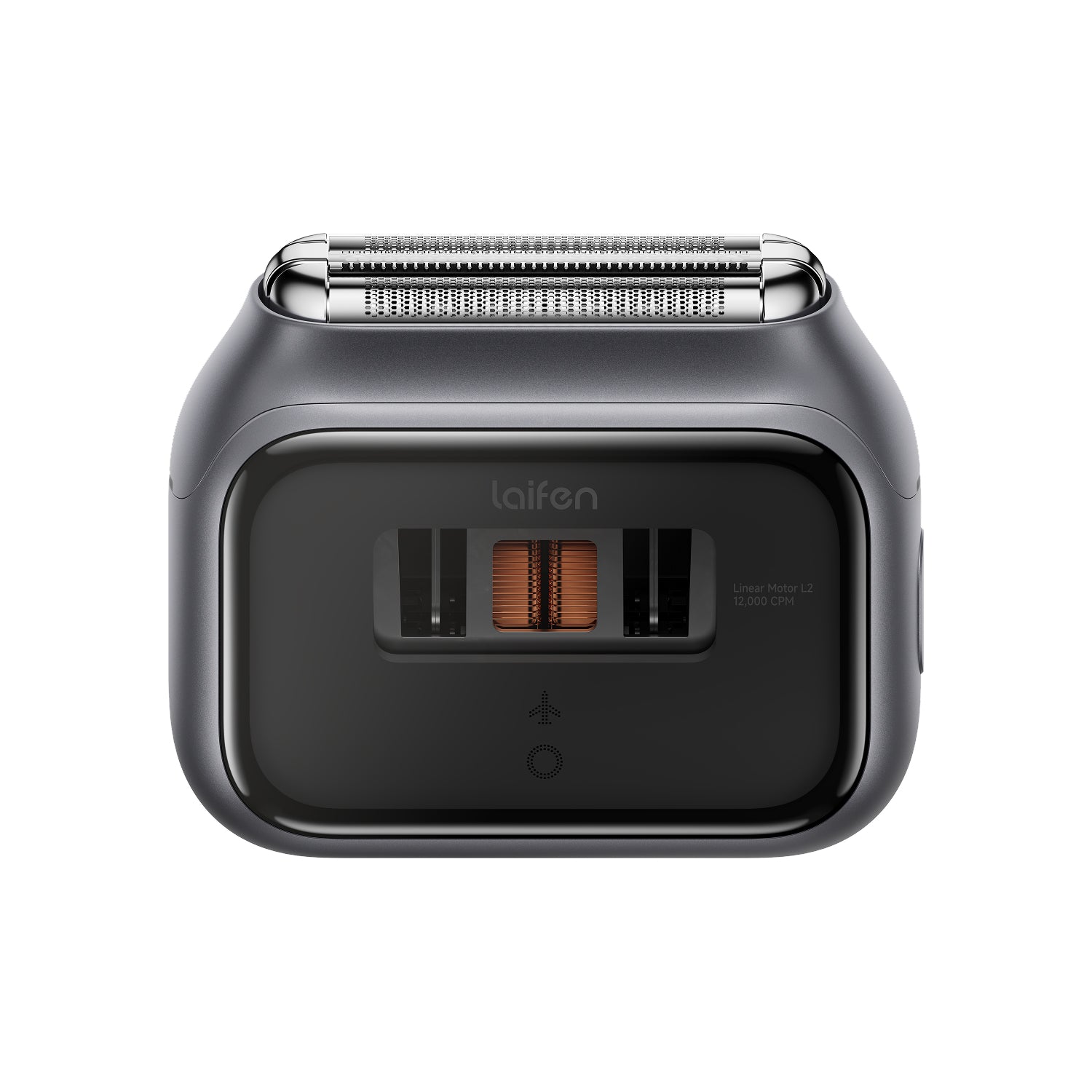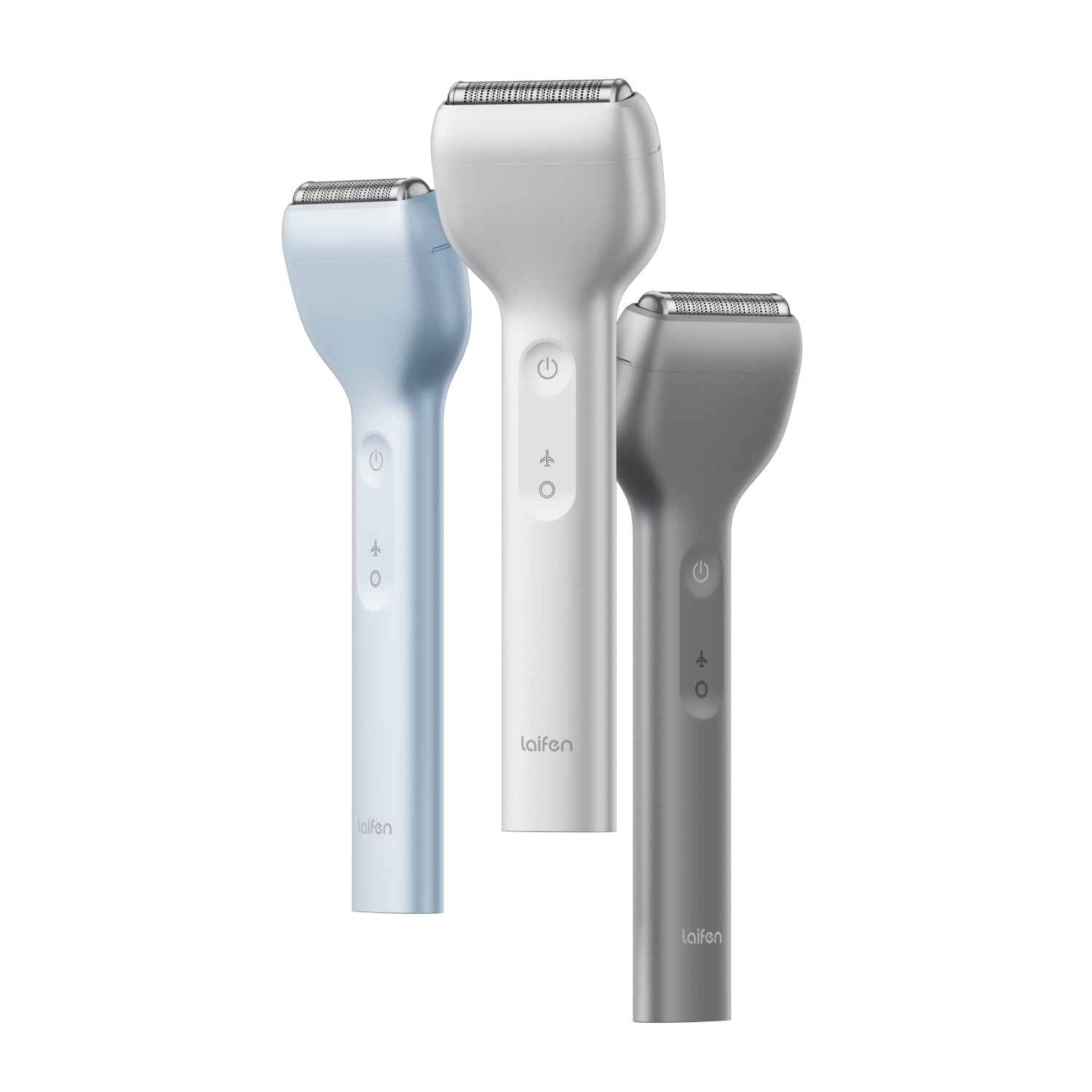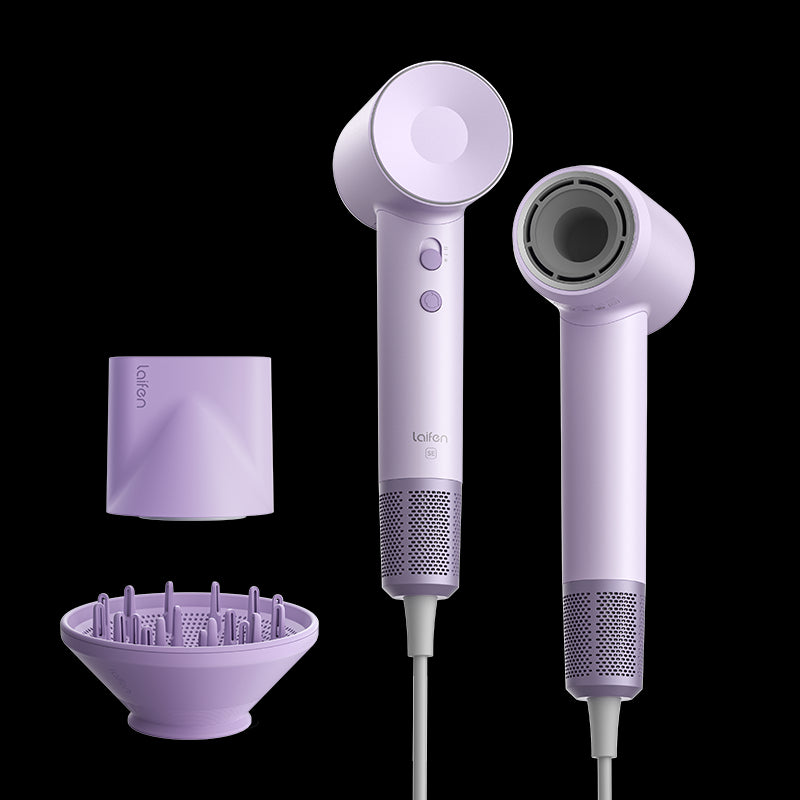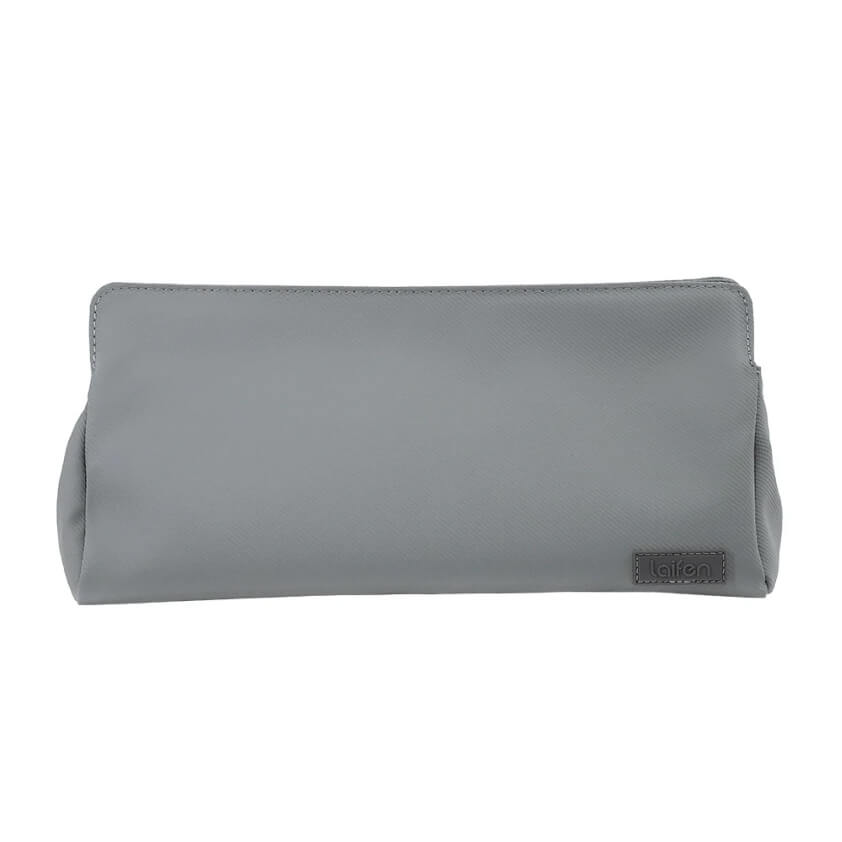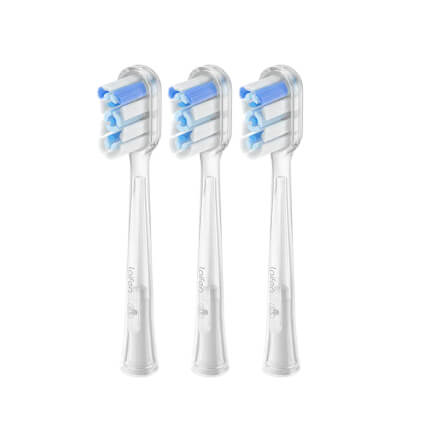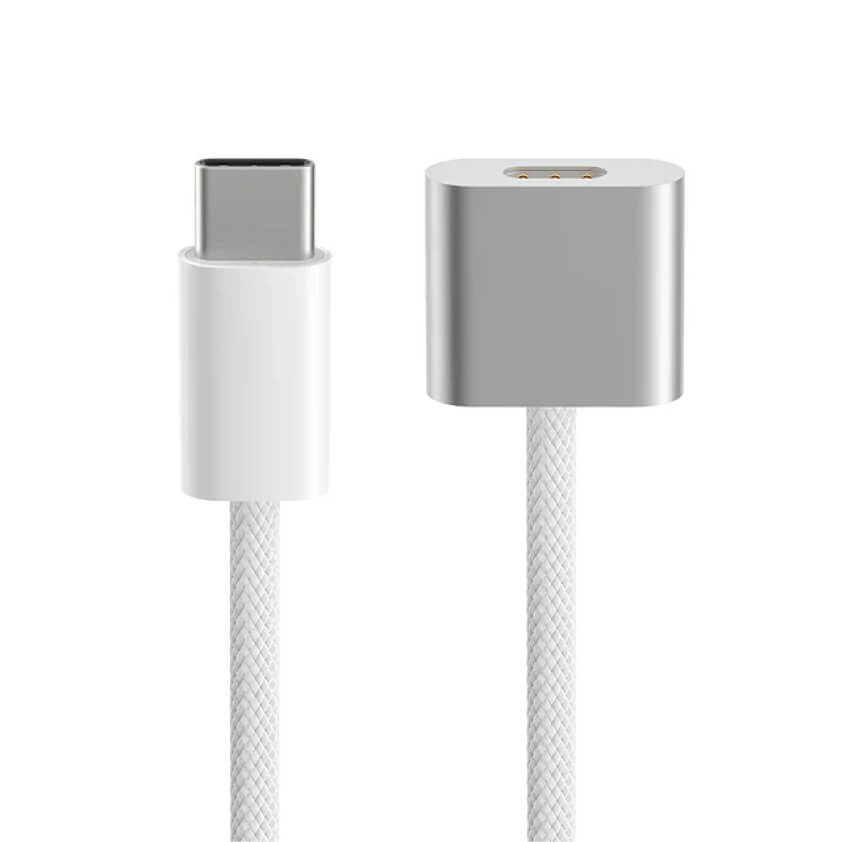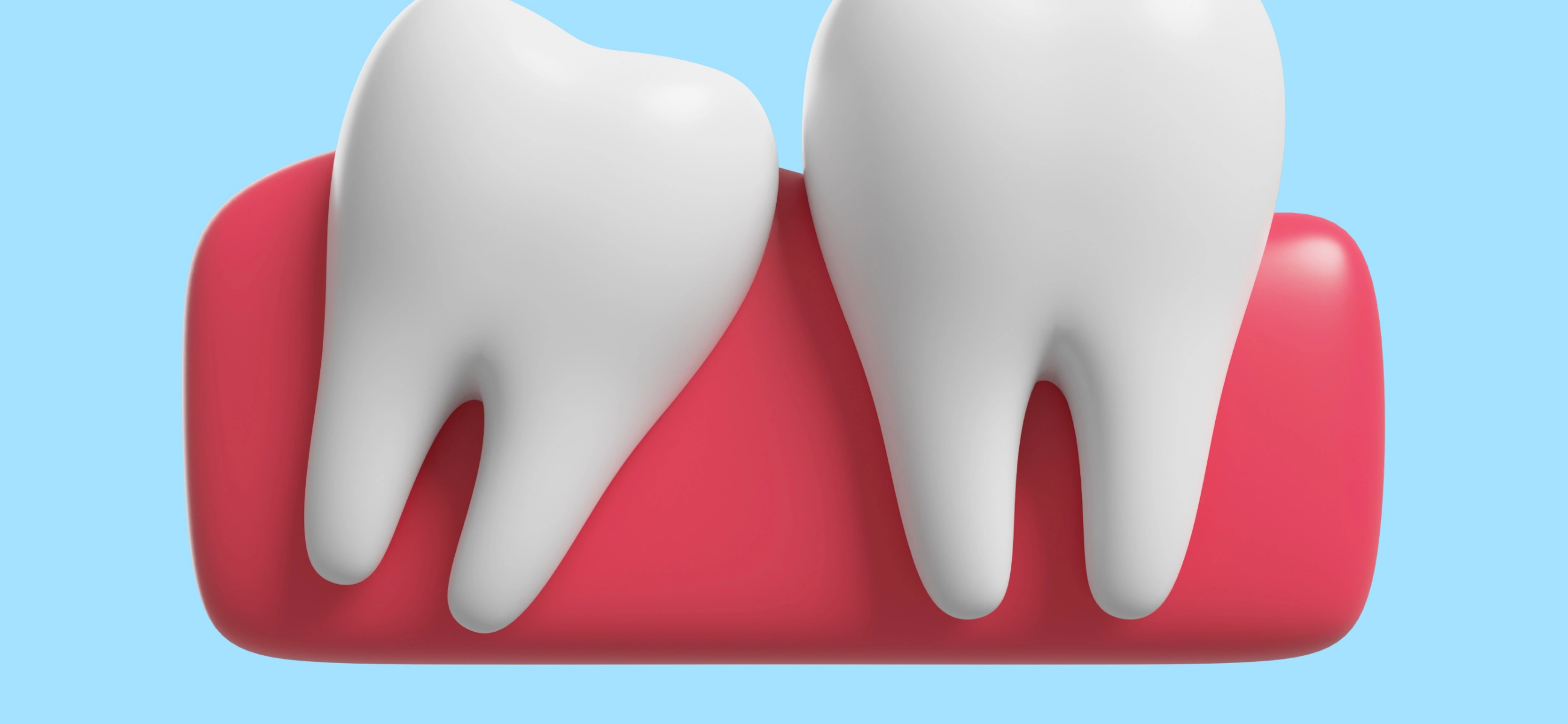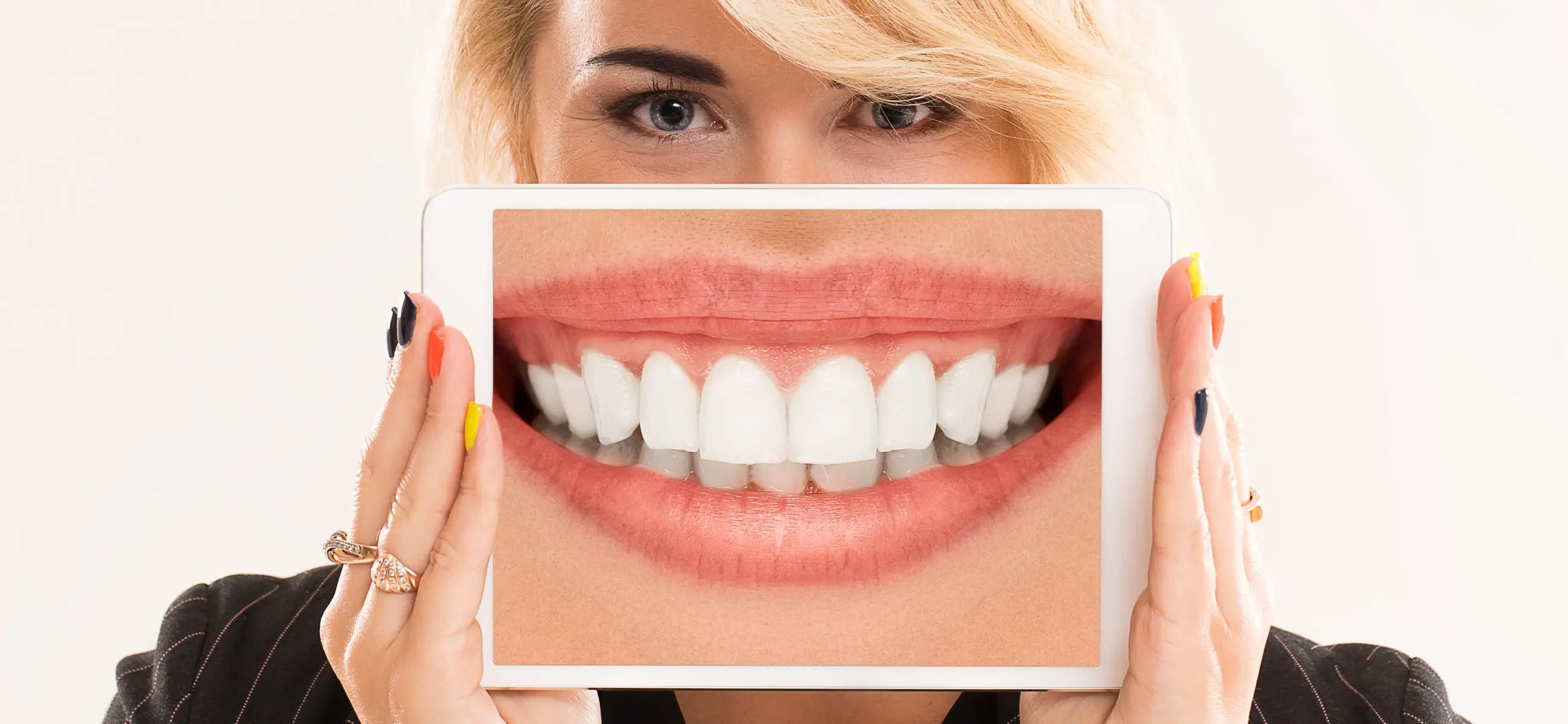
In this article
Restorative dentistry is an essential treatment that most people will require from time to time. It's widely available and easy to access, meaning you don't need to worry about seeking out specialists.
In this article, we introduce you to the different forms of restorative work that your dentist can carry out, and explain the key differences between restorative and cosmetic dentistry, before leaving you with some handy tips to improve the health of your teeth.
What is restorative dentistry?
Simply, restorative dentistry is concerned with repairing damaged teeth. However, it also extends to replacing missing teeth and there are numerous methods used by dentists to improve their patients' smiles.
The likes of crowns, bridges, and implants are all examples of restorative dentistry and they are commonly used by dentists in all countries to resolve teeth issues.
These treatments are not performed by specialists, but by general dentists. In other words, they are widely available and don't require extensive specialist credentials.
Who needs restorative dental work?
From time to time, everyone will probably need some type of restoration work on their teeth. For instance, if you suffer with tooth decay or a cavity, you may need restorative work, followed by a filling.
If you break or damage one of your teeth, the same is true. And if one of your teeth falls out, you might need a dental bridge or an implant to replace it.
Sometimes, restorative work is required due to a trauma or accident, but for other people, restorative dental procedures are required because of poor oral or dental hygiene.
The good news is that if you regularly visit your dentist's office for check ups, they will be able to identify issues with your teeth that need to be treated before they become a significant problem.
A term commonly used to describe restorative and aesthetic dentistry is operative dentistry. The idea behind operative dentistry is to use modern, minimally invasive options to treat a range of dental defects and issues.
Cosmetic vs restorative dentistry - what's the difference?
The best way to look at it is that restorative dentistry is essential work that is required to fix your teeth. For instance, if you chip or crack a tooth, you need to restore it with a trip to the dentist's office, or risk the situation getting worse and resulting in an extraction and replacement.
On the other hand, if you have slightly stained teeth due to discoloration, you might decide that you want to undergo a teeth whitening procedure. This procedure is not essential for the health of your teeth, but it is likely to improve the way they look. Therefore, it's regarded as a form of cosmetic dentistry.
You can check out the table below for examples of both types of dentistry to help you easily determine between the two:
|
Restorative dentistry examples |
Cosmetic dentistry examples |
|
Fillings |
Teeth whitening |
|
Crowns |
Dental bonding |
|
Inlays and onlays |
Porcelain veneers |
|
Root canal |
Tooth contouring |
|
Bridges |
Gum contouring |
|
Implants and dentures |
Examples of restorative dentistry
Restorative work takes numerous forms as shown in the table above, but all treatments are concerned with restoring or repairing your teeth. Common procedures include:
-
Fillings: The most common type of restorative dental work is a filling. This is required when bacteria eats your tooth enamel and causes a cavity (Explore cavity treatments). Your dentist will fill the hole with a composite material to prevent the decay from getting any worse.
-
Crowns: If you have a particularly large or deep cavity, your dentist may recommend a new crown. It is essentially a cap that fits over your entire tooth, and your dentist will need to remove some of your tooth's natural enamel before fixing the crown in place.
-
Inlays and onlays: In situations where a cavity is too big for a filling and too small for a crown, inlays or onlays can be a good option. These are custom restorations that fit into your natural tooth. They are permanently bonded into place.
-
Root canal: If a bacterial infection has penetrated your tooth and reached the pulp, you may need to undergo root canal treatment. Your dentist will remove the infected pulp and thoroughly disinfect the roots, which should hopefully eliminate the need to extract the infected tooth.
-
Bridges: If you have a missing tooth (or a missing row of teeth), you can opt for a dental bridge. This is a temporary solution and is a way to prepare for a dental implant.
-
Implants and dentures: For a more permanent solution to missing teeth, implants and dentures are the way to go. When professionally fixed, a dental implant resembles a real tooth and is a permanent solution.
Tips to avoid restorative work on your teeth
Thankfully, most restorative work on your teeth can be avoided if you look after your teeth well. Here are some simple tips that you can follow to look after your teeth correctly, reducing the amount of repairs you need going forward:
-
Brush your teeth 2-3 times per day with an electric toothbrush, such as the Laifen Wave.
-
Floss daily - at least once every day - to remove bacteria and food debris from between your teeth.
-
Use an antibacterial mouthwash at least twice a day to remove the remaining bacteria from your teeth and gums.
-
Visit the dentist's office at once every year to check for any potential issues with your teeth before they get worse.
-
Consider scheduling regular visits to the dental hygienist to improve the way you look after your teeth and to receive a deep clean between dentist visits.
Final words
Restoration work on your teeth will be necessary for everyone from time to time. The likes of fillings, crowns, bridges, and implants are all examples of restoration work, and they can all be routinely performed by a general dentist.
Still, improving the way that you look after your teeth, by following our simple tips listed above, will help to protect your teeth and will reduce the amount of restorative work that you will need going forward.

